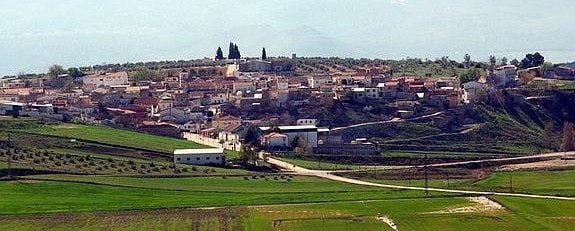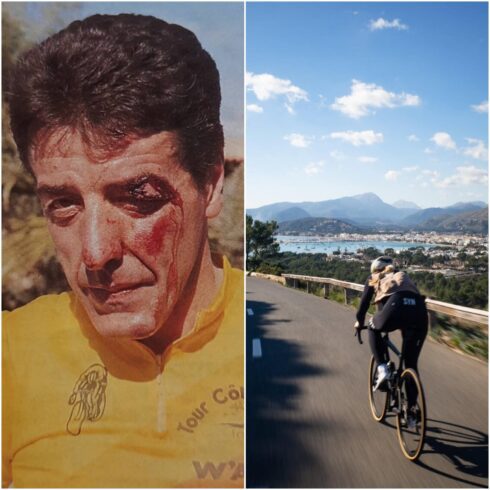On the morning of Wednesday January 22, an earthquake hit the village of Dehesas Viejas, 30 miles north of Granada.
The IGN, Spain’s National Geographic Institute, says that the tremor happened at 25 minutes to seven in the morning, and registered 3.0 on the Richter Scale.
Earthquakes don’t do much damage if their centre is deep in the earth. This one was eight kilometres below ground level. No-one in Granada, 50 kilometres away, felt it.
Charles Richter invented his famous earthquake-measuring formula in 1935. Anything under 5.0 is classed as ‘moderate’. Nine is an extreme earthquake, and there are less than three per century of that magnitude.
We sometimes hear the term “epicentre” when the media report earthquakes. This refers to the point on the earth’s surface where the tremor is felt. They say that the ‘aftershocks’ are often worse for us humans than the original quake.
In this case, the subsequent tremors were felt in Campotéjar and Otívar, villages 10 kilometres and 120 kilometres from the epicentre. This earthquake is almost certainly linked to the tremor in Santiago de Calatrava (Jaén) which occurred on the same day, and which registered 3.3, but was (thankfully) 12 miles below ground level.
We tend not to think of seismic activity here in Andalucia, but in fact we are sitting on one of the world’s most active earthquake zones.
Some 172 earthquakes have been recorded in our region in the last 10 years. Each one of these registered more than 4 on the Richter Scale. 2016 was a particularly bad year, with 55 tremors.
The worst in recent years struck Malaga in January 2016, but luckily its epicentre was out at sea, 85 miles from the city centre. The biggest quake in living memory struck Granada in March 1954, scoring 7.8 on the Richter Scale.

The 2011 Lorca quake over the borden in Murcia that killed nine was a relatively modest 5.1 on the scale.
Unfortunately for us, we are sitting on the edge of the African tectonic plate. Every year, Africa rides up over Europe at the rate of 5 millimetres per year. This triggers frequent earthquakes. Granada, in particular, has been hit hard over the years: in 1806, 13 people died in a local quake.
Much worse was the tremor of 1884, which killed 1,200 people and registered 6.7 on the Richter Scale. Eleven died in 1956, once again in Granada.
THE LISBON EARTHQUAKE OF 1755
The French philosopher Voltaire wrote a famous poem about the 7.7 quake and accompanying tsunami which devastated the south of the Iberian Peninsula on 1 November, 1755.
Its epicentre was located in the Algarve. Historians have estimated that 40,000 people died in Portugal, while 10,000 Moroccans were also killed. Eye witnesses said that the quake lasted six minutes, and it opened cracks in the ground 16 feet wide.
Forty minutes after the earthquake, a tsunami swept in from the Atlantic, and this caused the largest loss of life.

Two incidental consequences of the Lisbon Quake are worth mentioning. The first one is the Huelva resort of Isla Cristina. This region, right on the Portuguese border, is not – strictly speaking – an island. It is famous throughout Andalucía for its seafood, especially its ‘white prawns’. Before 1755, this stretch of coast was an inhospitable marsh, but the earthquake threw up a solid piece of terra ferma, today home to 22,000 andaluces.
The second one involves Ronda. When the so-called Catholic Monarchs Ferdinand and Isabella conquered Ronda in 1486, they commanded that the Islamic mosque be rebuilt as a cathedral. (A few short years later, Christopher Columbus came to see the royal duo while they were busy taking Granada from the Arabs, with a scheme which needed their sponsorship: something about sailing west to get to Japan, and we all know what it led to).
The great Gothic cathedral in Ronda lasted only 130 years (‘only’, because big churches usually took centuries to build). The Lisbon Earthquake destroyed it.
Today, the church of Santa María la Mayor stands on the spot, and visitors can see remnants of both the mosque and the gothic church. Let’s hope a few more decades pass before the next big earthquake hits us!









